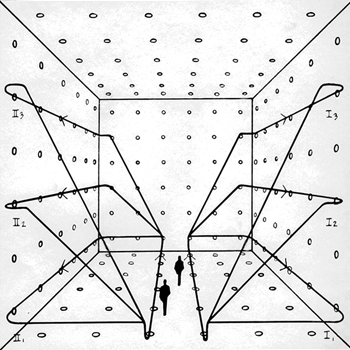Solve the differential equation #dy/dt = 4 sqrt(yt)# y(1)=6?
2 Answers
Explanation:
We should separate the variables here by treating
#dy/dt=4sqrtysqrtt#
#dy/sqrty=4sqrttdt#
Integrating both sides and rewriting with fractional exponents:
#inty^(-1/2)dy=4intt^(1/2)dt#
Using typical integration rules:
#y^(1/2)/(1/2)=4(t^(3/2)/(3/2))+C#
#2sqrty=8/3t^(3/2)+C#
Solving for
#y=(4/3t^(3/2)+C)^2#
We were given the initial condition
#6=(4/3(1)^(3/2)+C)^2#
#sqrt6=4/3+C#
#C=sqrt6-4/3#
Then:
#y=(4/3t^(3/2)+sqrt6-4/3)^2#
and:
Explanation:
This is separable.
Differentiate both sides wrt t:
Chain rules allows us to re-write first term:
Then integrate:
Apply the IV:
So:
And:


